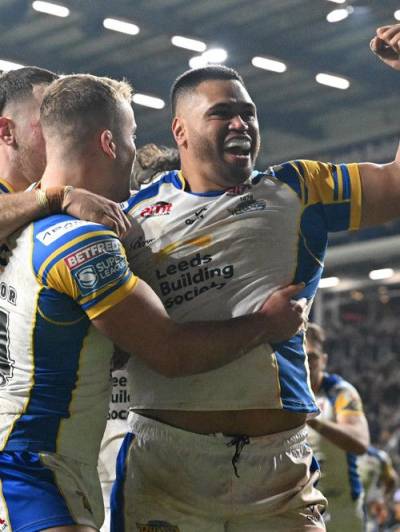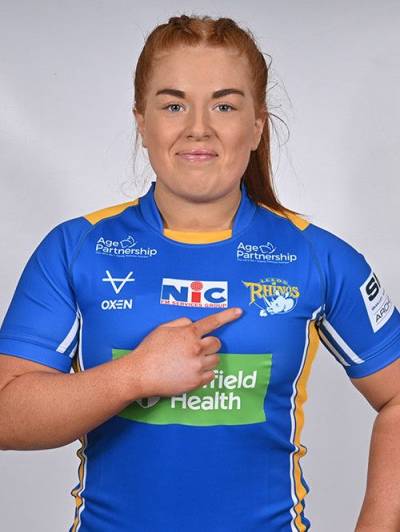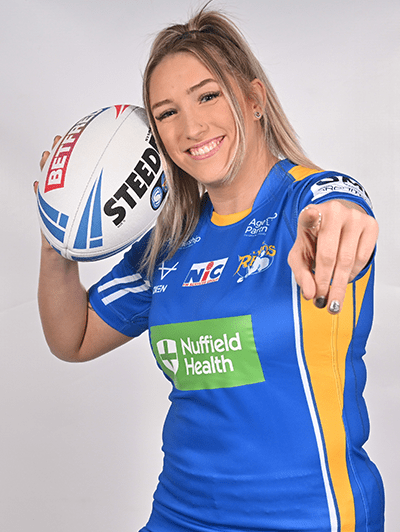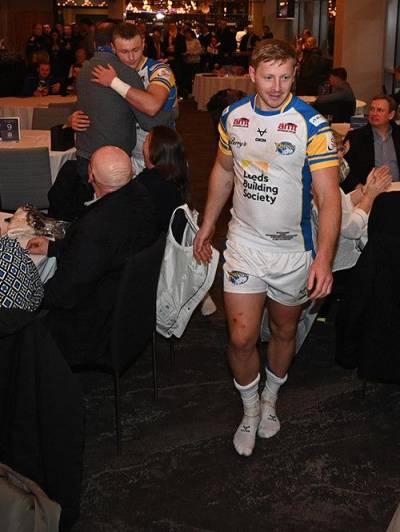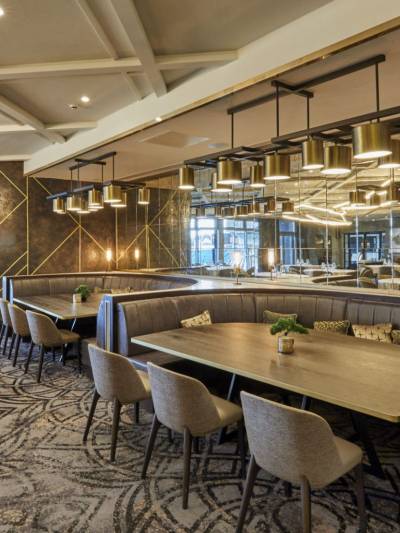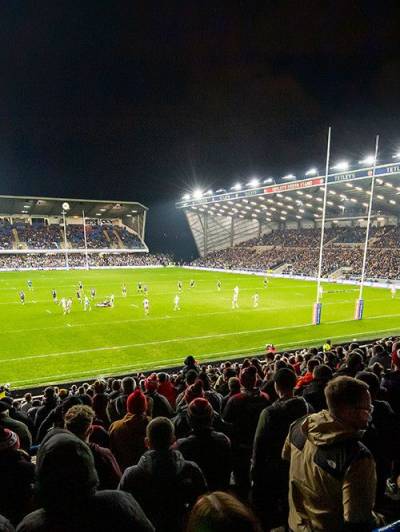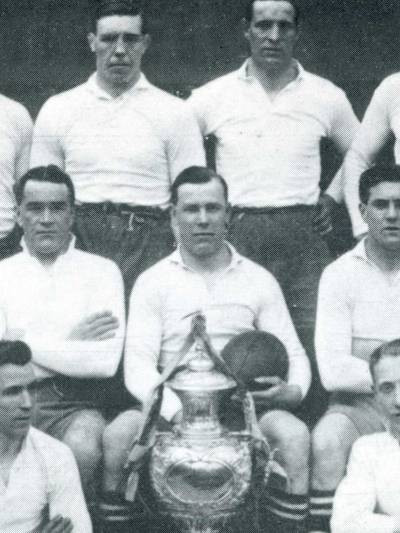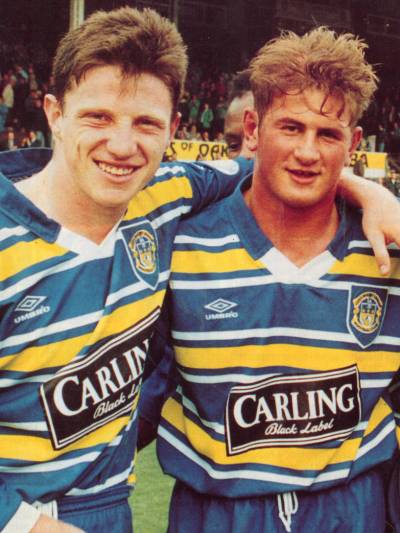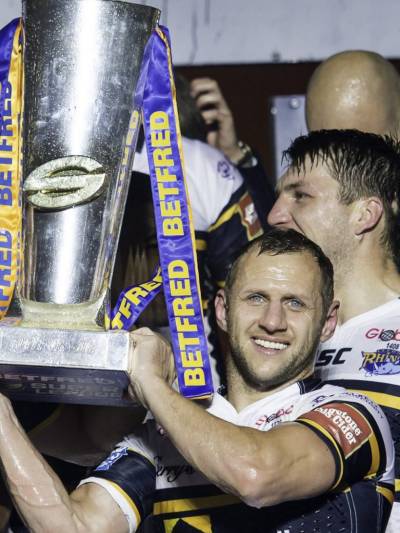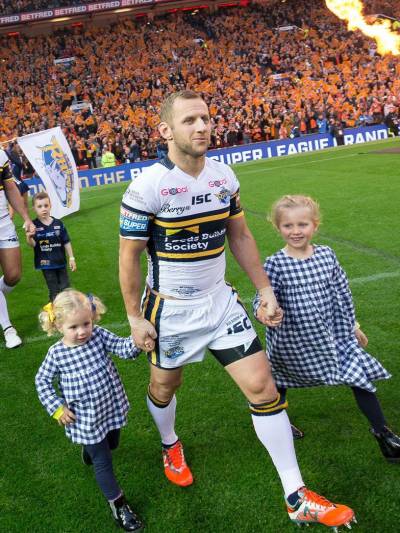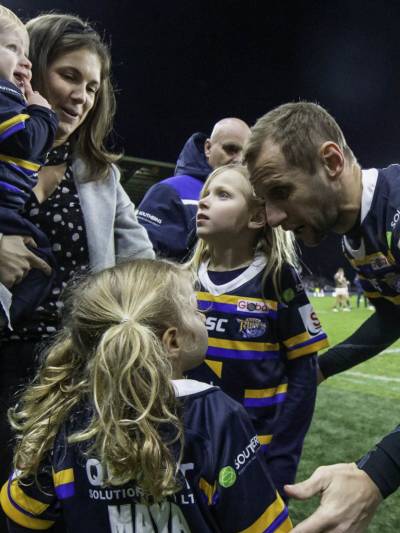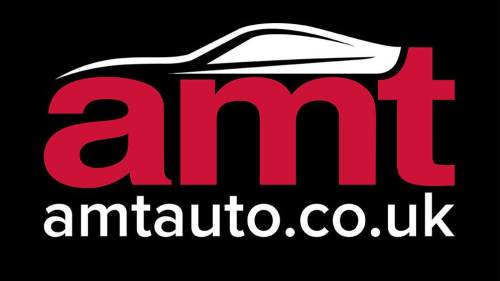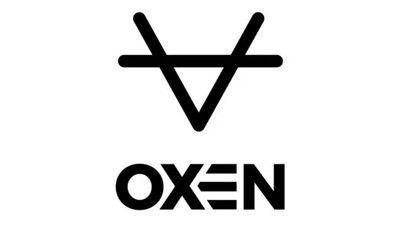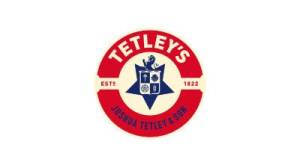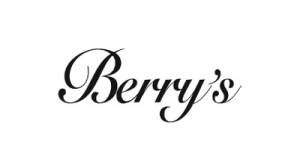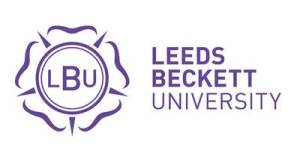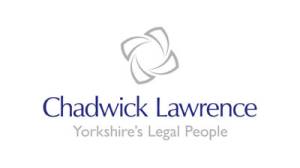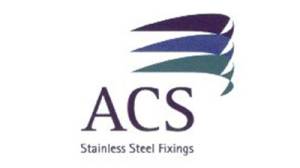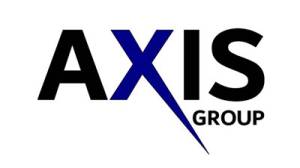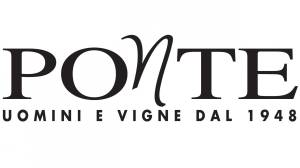1946-1947
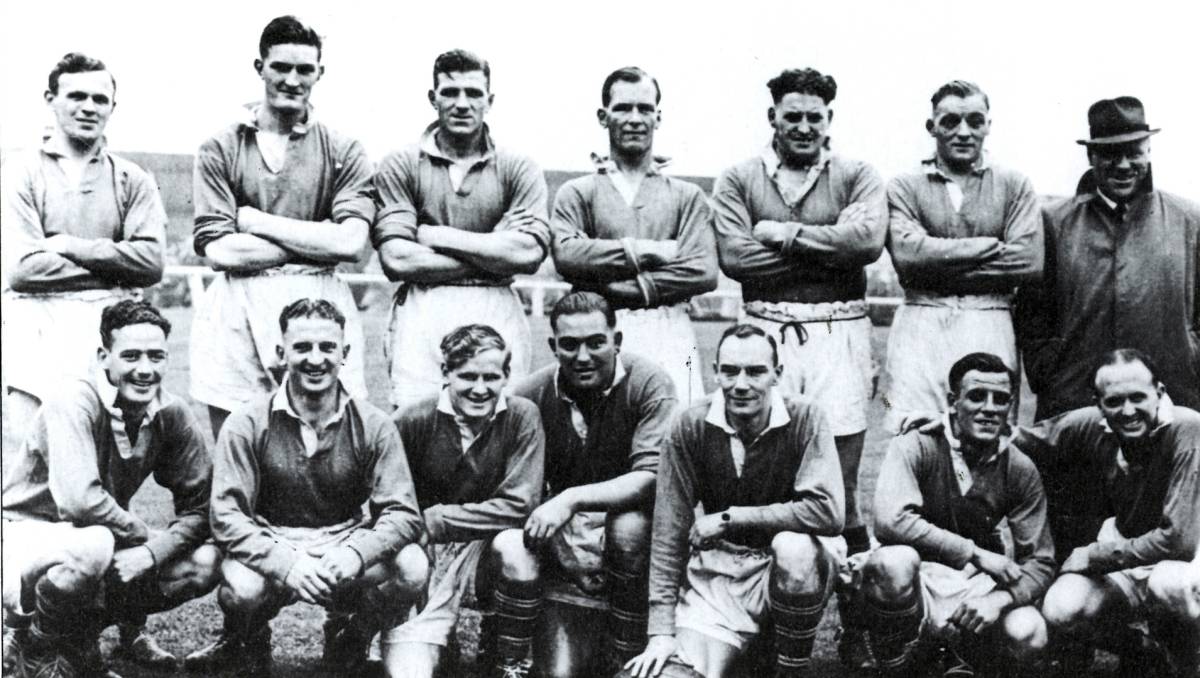
Although no trophy was brought to Headingley this was a very successful season. The team building efforts of the management wrought a remarkable transformation and certainly ?set the city alight?. Those bitter memories of the previous season were dispelled as the team went from strength to strength, challenging bravely for a place in the coveted ?First Four?, and handsomely disposing of all opposition on the road to Wembley.
There was only one signing of note during the close season: T. L. Williams from Newport R.U.F.C. Williams had a somewhat chequered career with Leeds, and it was always a source of regret that, for various reasons, his undoubted tactical ability, extremely sound technique, and shrewd scheming were never fully utilised at Headingley.
Before September was out the ?Jonahs? were busy forecasting another season of gloom and frustration. Following two League defeats Castleford came to Headingley and gained a lead of 3 points in the first Round of the Yorkshire Cup. It was a black weekend, as Walter Best sustained a fractured leg and Cliff Evans retired from the game. The 2nd Leg only served to confirm Castleford?s right to go forward into the next Round.
But there were obvious signs of better times when Huddersfield were well and truly beaten at Headingley in the next match, and no player impressed more than Jim Tynan, scrum half, who had been introduced from the Salford area by Cliff Evans. Another victory, over Liverpool Stanley, followed, and on this occasion, H. Caldwell made his debut on the right wing in place of the injured Best. Although only two victories resulted from the next six games the team was plainly on the up-grade, and the displays of the forwards, now strengthened through the signing of Chris Brereton from Halifax, were a pointer to eventual success.
The long-awaited revival commenced at Keighley on November 23rd and a splendid run of victories took us up the table to seventh place by Christmas. Enthusiasm amongst a ?sport-hungry public? became even more infectious when two new stars arrived on the scene. Bert Cook, who had previously played at Headingley in 1946 as a member of the powerful New Zealand Army R.U. team, made his debut on January 18th. He soon proved himself a popular and valuable acquisition. Always a colourful and truly sporting personality he gave excellent service to the Club for over seven seasons. His accurate goal-kicking, which established a new Club record of 150 goals in 1950-51, was a tremendous team asset. No sooner had Cook made his debut than Arthur Clues, the young Australian Test forward, made his first appearance against Hull at Headingley on February lst. Clues, too, proved to be a great capture, and many claim, with some justification, that no better 2nd Row forward ever played the Rugby League game. His tactical kicking, herculean tackling, devastating side-step, indomitable spirit and great powers of leadership were revealed on countless occasions during his eight years? distinguished service with the Leeds Club.
As if to show these newcomers from ?down under? how bad an English winter really can be, heavy snowfalls caused mass cancellations of matches for five weeks, and teams went into the R.L. Cup Competition on March 8th, sadly lacking in match practice. But Leeds, with their forwards magnificently overcoming the atrociously heavy ground conditions gained a comfortable lead at Headingley in the 1st Leg, and gave almost a repeat performance a week later when Barrow again had to travel to Headingley for the 2nd Leg as the Craven Park ground was still unfit. Hunslet in the 2nd Round, fought extremely hard but once again the Leeds pack paved the way to victory. In the loose they were now responding magnificently to the deft touches of Brereton, and in the tight they were gaining ample possession through the clever hooking of Con Murphy, now fully recovered from his fractured leg. The luck of the draw took us to Central Park for the 3rd Round, and this game will always live in the memory because of the miraculous goal which Bert Cook kicked out of a morass at 50 yards range. The victory gained over Wakefield Trinity, at Huddersfield, in the Semi-Final, was most convincing and Leeds became the first team in the history of the Rugby League to reach the Cup Final without having a point scored against them.
The Final, played at Wembley, was a disappointing affair and never reached the heights expected of it, but Bradford Northern were worthy winners. The redoubtable Leeds pack was mastered in both the tight and the loose, and the Bradford backs, with Billy Davies ever prominent, were more than good enough for the Leeds set. The Leeds team was: Cook; Cornelius, Price, Williams T. L. Whitehead; Williams R., Jenkins; Prosser, Murphy, Brereton, Watson, Clues, Owens.
Leeds still had hopes of gaining a place in the First Four, and a record crowd of 40,175 (record receipts for a League match of ?3,297) assembled at Headingley to see the vital League clash between the Cup finalists. The game, which was drawn at 2 points each, was equally as disappointing as the Wembley Final. Featherstone Rovers won at Headingley four days later, but Leeds wound up their programme with two victories and thus earned the right to travel to Central Park, for the Championship Semi-Final. Wigan, however, had the measure of this weary Leeds team whose much vaunted pack had now lost its sting.
During this highly successful campaign, which had extended from late August to mid-June the following players were transferred: W. Banks, J. Booth and G. Hughes, to Wakefield Trinity; B. Gray to Hunslet; E. Hesketh to Batley.
